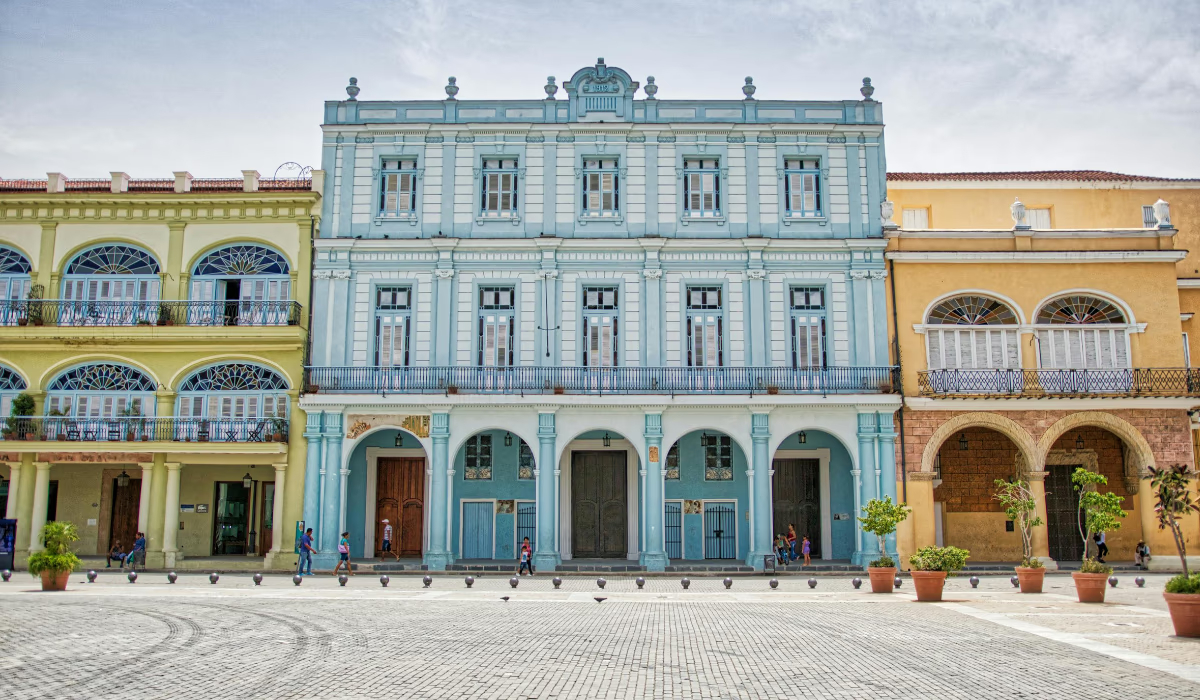Colonial Revival style emerged in the late 19th and early 20th centuries as a renewed interest in America’s colonial architecture. It combines classical symmetry, simpler forms, and restrained ornamentation borrowed from earlier British, Dutch, Spanish, and French colonial styles. This style reflects pride in early American history and design heritage.
The architecture often features balanced façades, multi-paned windows, gabled or hipped roofs, and decorative yet modest details like shutters, pediments, and columns. Interiors echo this balance, using traditional layouts, wood finishes, and classic furnishings.
History and Evolution of Colonial Revival Architecture
The Colonial Revival movement gained traction after the 1876 Centennial Exhibition in the United States. Designers and homeowners began reinterpreting colonial buildings and motifs, adapting them to modern needs.
By the 1940s, colonial revival homes were widespread in suburban neighborhoods. Builders simplified many ornamental aspects but kept the style’s symmetry, traditional materials, and visual cues. Over time the style has been adapted (often called “Neo-Colonial”) to match contemporary living, sometimes merging with other styles or simplifying façades.
Key Characteristics of Colonial Revival Homes
Symmetrical Façade & Roof Forms
Colonial revival houses often present balanced designs: windows, doors, chimneys placed to mirror each side. Roofs can be side-gabled, front-gabled, hipped, or gambrel, reflecting diverse colonial influences.
Windows, Doorways & Exterior Details
Multi-paned, double-hung windows, often in pairs, with decorative shutters or pediments above windows or doorways. Entrances may feature porticos or columns adding a formal, welcoming focal point.
Materials & Exterior Finishes
Brick and wood clapboard are common. Exterior trim, moldings, and architectural details are modest but carefully crafted. Colors tend toward neutrals or classic combinations like white walls with dark shutters.
Interior Layout & Design Details
Inside, colonial revival homes often have formal layouts: centered entrance halls, a balanced staircase, defined rooms rather than open plan. Interior design details can include wainscoting, built-in cabinetry, classic wood flooring, Oriental rugs, and traditional furniture styles.
Colonial Revival Interior Design Style Ideas
Start interior design with quality woods and classic finishes—hardwood flooring, paneling, and refined trim work set the tone.
Choose furniture that reflects traditional styles: Queen Anne, Chippendale, or simple colonial pieces. Upholstery in chintz, floral prints, or stripes works well.
Use fabrics, wallpapers, or rugs with subtle patterns: florals, stripes, or historic motifs. Mix these with simpler elements so the room feels balanced, not busy.
Lighting and decorative accents should support the overall theme. Chandeliers, sconces, classic pendant lights, antique hardware, and built-in shelves or cabinetry help reinforce the heritage style.
Modern Colonial Revival: Bringing the Style into Today’s Homes
Modern colonial revival often simplifies some details. People may use cleaner lines, less ornamentation, or modern materials while preserving symmetry and classic cues.
Exteriors may retain colonial rooflines and window styles but use updated window materials or simpler shutters. Interiors might include more open layouts or mixed furniture styles while retaining traditional accents.
Colors are often softer neutrals, off-whites, pale grays, or muted earth tones. Accent colors may appear through accessories or textiles rather than bold wall colors.
Conclusion
Colonial revival architecture and interior design celebrate tradition, symmetry, and historical charm. Whether in its more formal, detailed original form or in simplified modern adaptations, the style offers timeless elegance and balanced beauty. Incorporate its key elements—symmetry, classic finishes, traditional layouts—and you can enjoy a home that feels both dignified and welcoming.
FAQs
What is the difference between American Colonial and Colonial Revival homes?
Colonial revival reinterprets colonial architecture: it often adds decorative details, adapts materials, and modernizes layouts while keeping symmetry and classical elements.
What materials are typically used in colonial revival architecture?
Wood clapboard, brick exteriors, classic trims, moldings, shutters, and traditional double-hung windows are frequently used.
How can I bring colonial revival interior design into a modern house?
Focus on balanced layouts, traditional furniture styles, classic trims, and heritage details. Use modern materials or simpler versions of colonial features to blend old and new.
Where in a house do colonial revival features stand out best?
Exterior façades, entryways, staircases, formal living or dining rooms, and rooms with wood detailing (floors, paneling) are ideal places to showcase colonial revival style.







